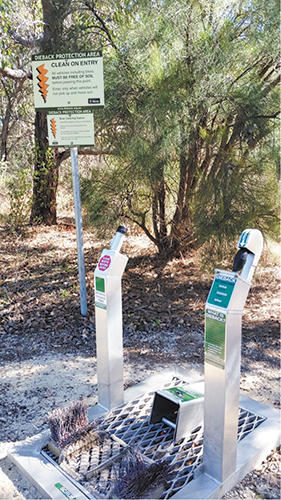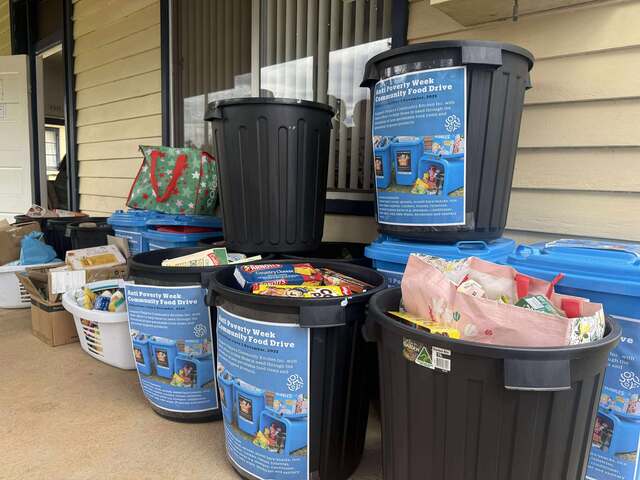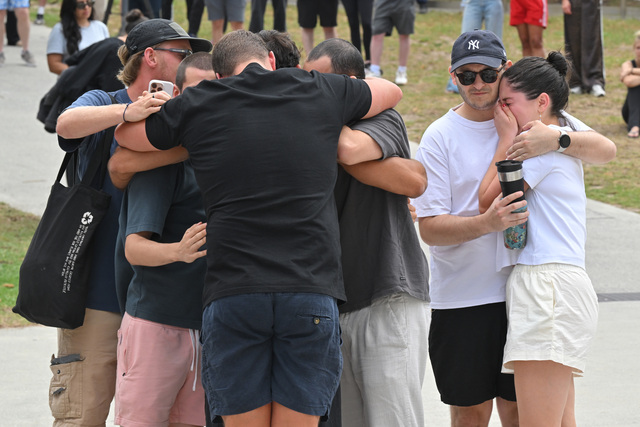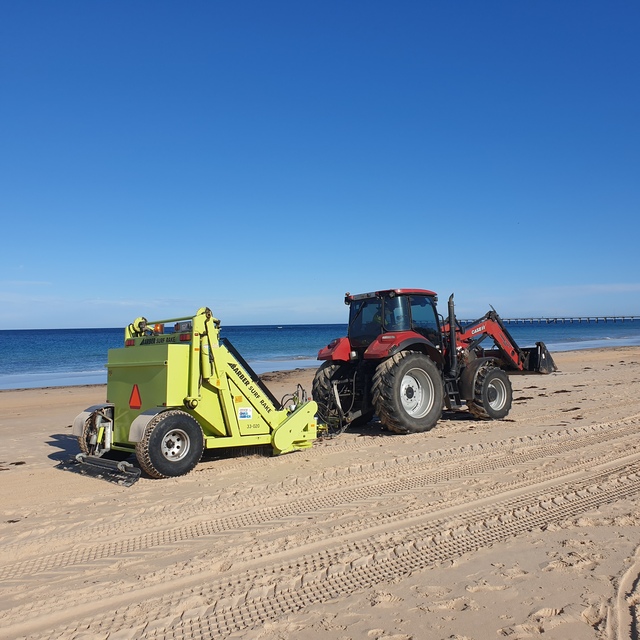Phytophthora Dieback is an introduced plant disease that is causing devastation to the native vegetation of southwest Western Australia, with this unseen killer now understood to affect around 40 percent of our native plants!
Originally coined ‘Jarrah Dieback’, Dieback is now known to affect far more than just Jarrah trees; it impacts Banksias, Eucalyptus, Grass trees and many understorey species.
The Banksia Woodlands of Perth, now listed as a Threatened Ecological Community are particularly susceptible.
This disease is often overlooked by many as it resides in the soil; however its impact on remnant bushland in the City of Melville is very evident.
The City of Melville works to protect and enhance 250 hectares of natural bushland, ensuring it continues to provide high quality, functioning ecosystems for future generations, and is actively engaged in managing the impact and spread of dieback, which currently infects 27 remnant bushland pockets.
The City has been actively managing Phytophthora Dieback for many years, however in more recent times has made a push to make this disease more visible to the general community.
This year the City has installed dieback signage in all its infected reserves, indicating the disease status of these reserves.
The City has also installed boot cleaning stations in strategic locations, and increased community education around the topic.
Hygiene kits have also been developed for local Friends groups to use, and strict hygiene measures have been implemented at planting events.
The City of Melville continues to work hard to protect it’s park and bushlands from Dieback, the unseen killer, with a focus on making it more visible to the community and working with them to achieve their aspiration of a Clean and Green City.
For more information about the City’s initiatives to combat this devastating disease please visit: melvillecity.com.au/dieback








